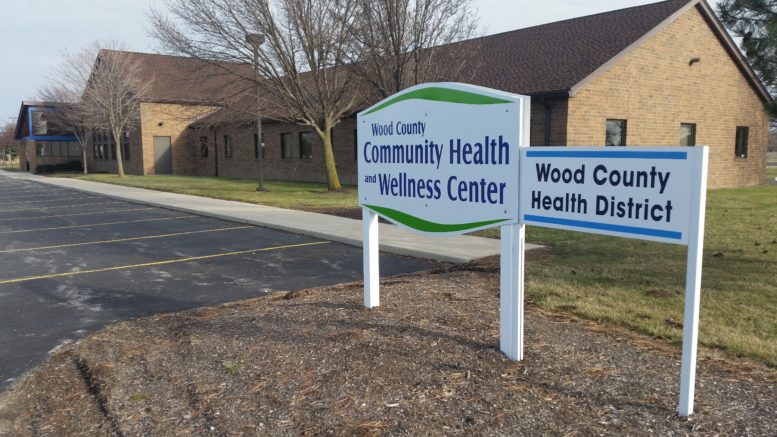By JAN LARSON McLAUGHLIN
BG Independent News
Efforts are being made to get Narcan into the hands of those who are often the first on the scene of an overdose – local law enforcement.
Wood County Health Commissioner Ben Batey told the county commissioners Thursday that the health district is looking into getting Ohio Department of Health funding for Narcan, the drug that can reverse the effects of heroin and opiate overdoses.
“We can probably get it to law enforcement agencies,” Batey said. And that could potentially help save lives since in rural areas of Wood County, sheriff’s deputies often arrive at scenes of overdoses before medical assistance.
Most EMS and fire departments now carry Narcan, “but sometimes the sheriff is the first person in the door,” he said.
The nursing staff at the health department could train law enforcement how to properly use the Narcan, which has to be injected into the muscle of the overdosing person’s arm, leg or buttocks.
Batey said he has gotten requests for information on Narcan from the sheriff’s office, North Baltimore Police Department and the Wood County Park District.
“We will open this up to everyone across the county,” he said. “Let’s start this conversation.”
Narcan has the remarkable ability to bring a patient out of an overdose, Batey explained.
“It almost immediately strips the opiates out of the system. It brings people back to life,” he said.
Wood County Sheriff Mark Wasylyshyn agreed that in many rural areas of the county, his deputies are often the first on the scene of drug overdoses. “We certainly can get there a lot quicker.”
However, Wasylyshyn said he is concerned since the Narcan has to be maintained at room temperature. That works for EMS departments, where the vehicles are kept out of extreme temperatures.
The sheriff is also worried about the chances of an overdose patient becoming violent after being given Narcan, since the deputy may be the only person on the scene.
“Those are things I need to do some homework on,” Wasylyshyn said.
Batey said he is aware of those concerns and is looking for solutions to make it work. The Narcan dose is quite small, and may be able to be worn on deputies’ duty belts, he said.
As far as overdose patients reacting violently after Narcan, Batey said the health district may check with the prosecutor’s office about the possibility of officers restraining patients prior to administering the drug.
But he added that violent behavior is normally not an issue. “It’s generally more a state of confusion,” he said.

